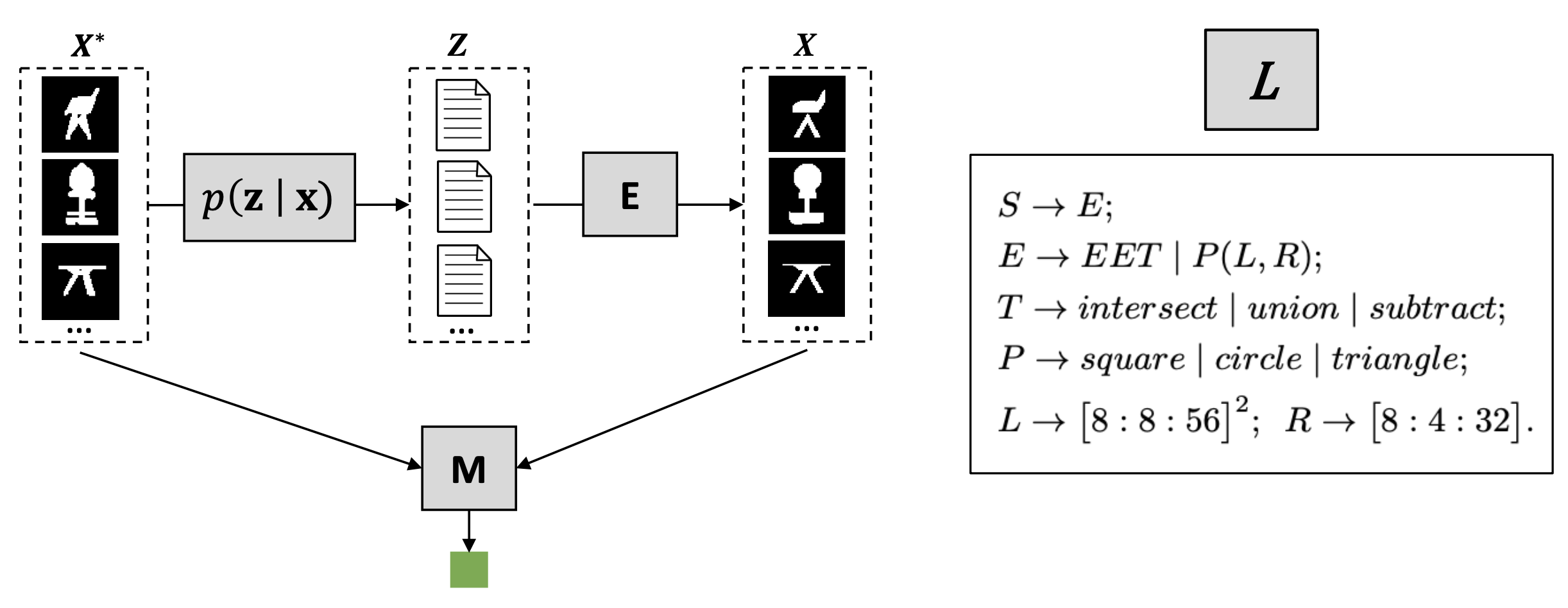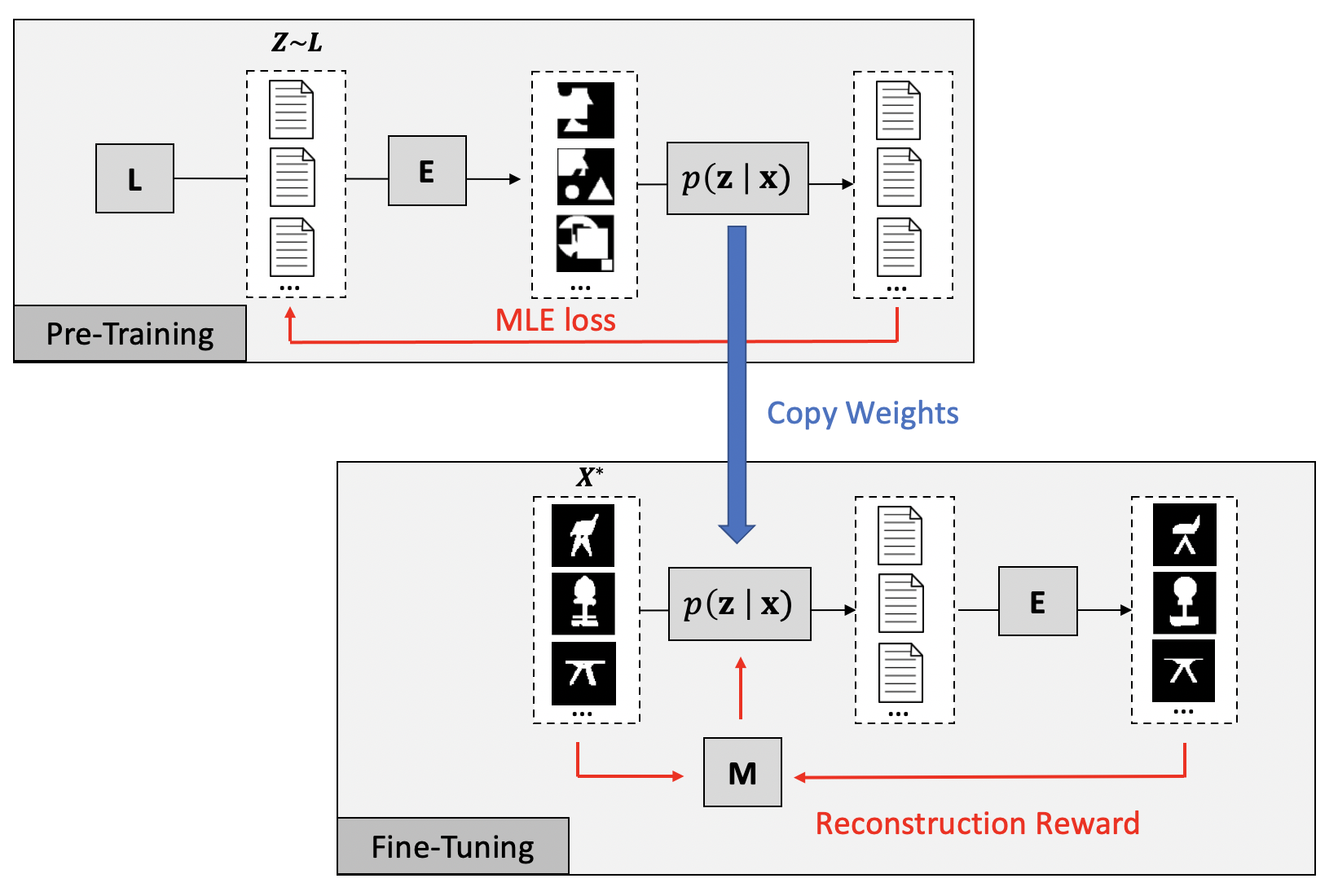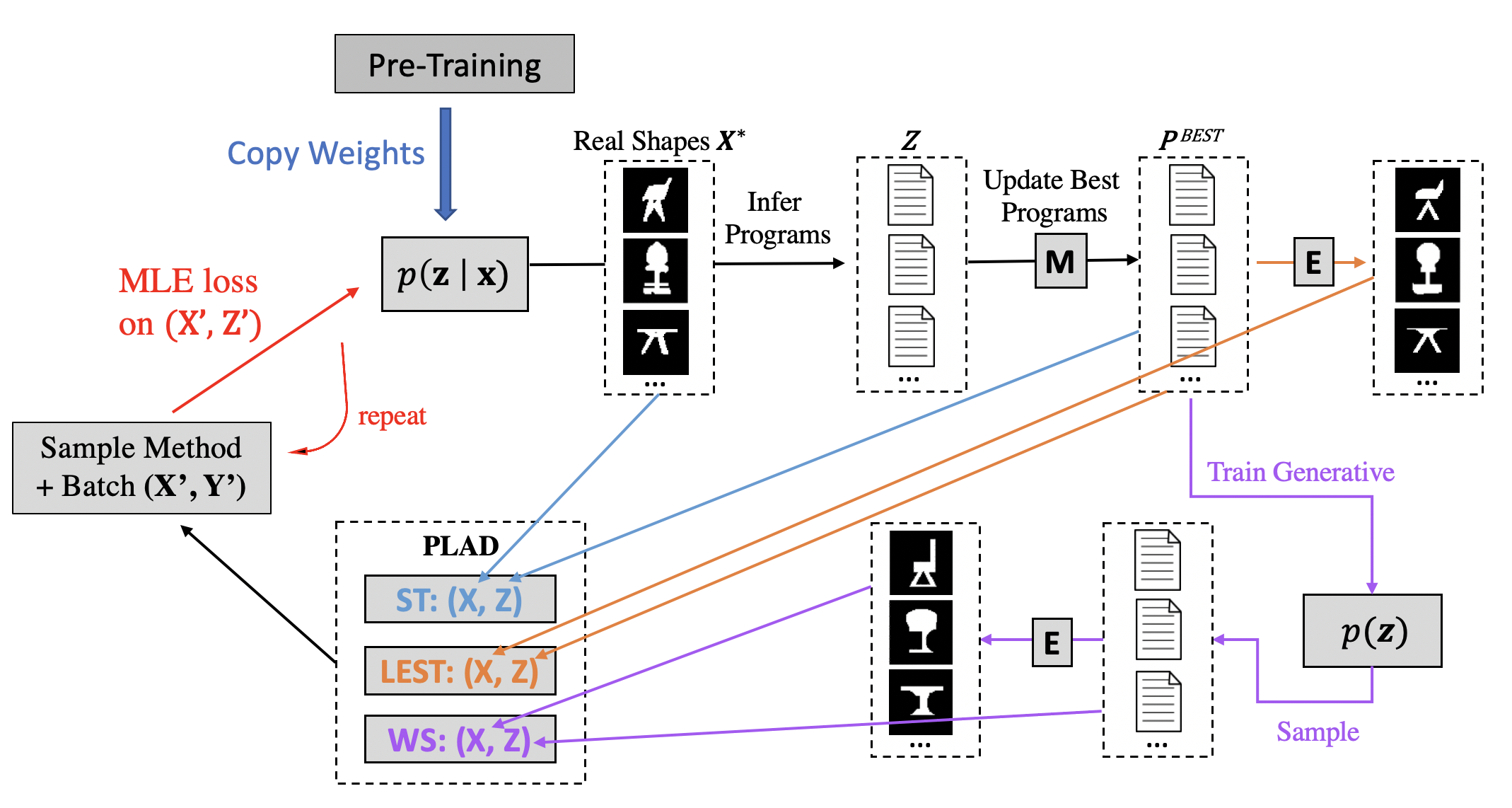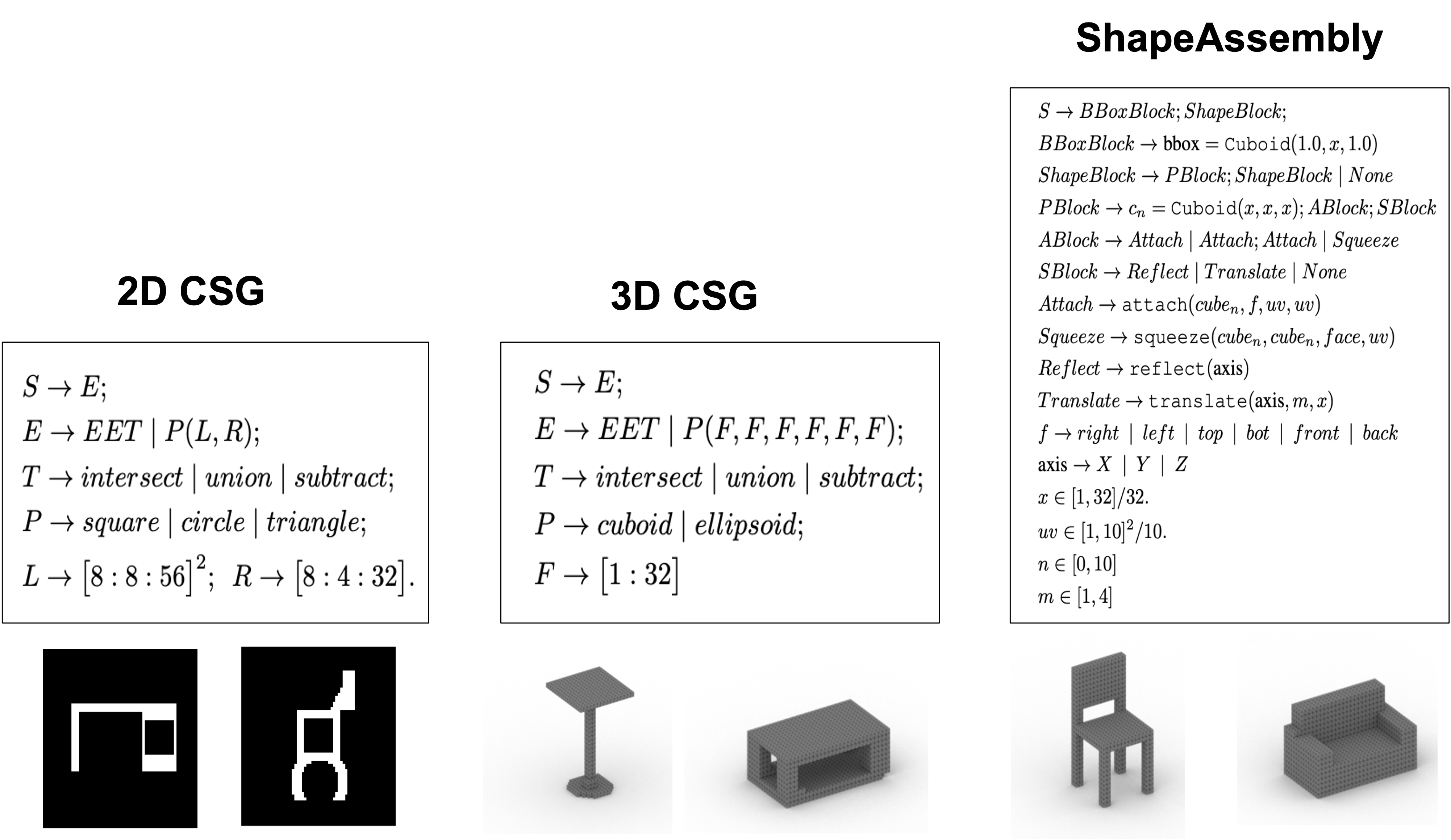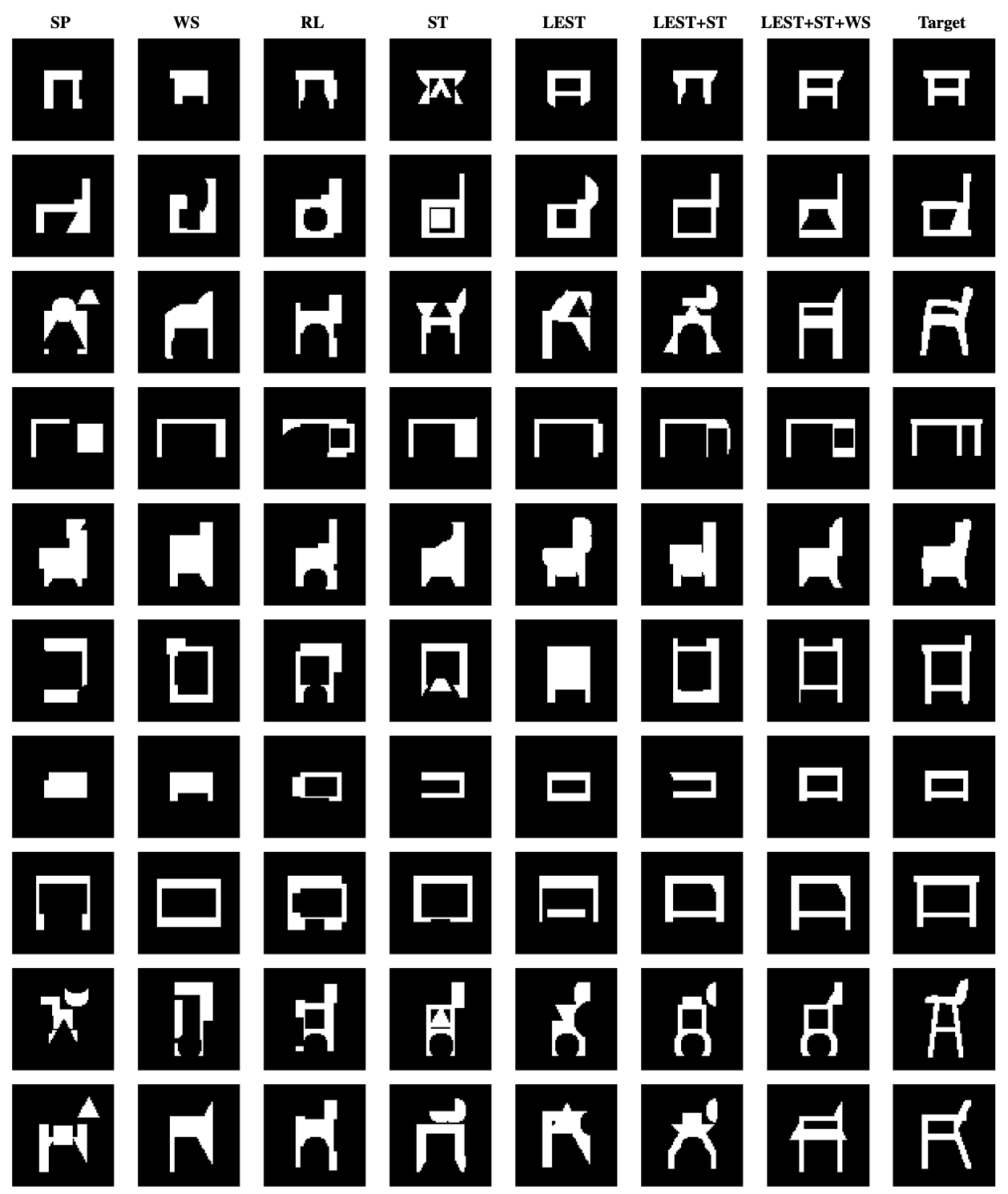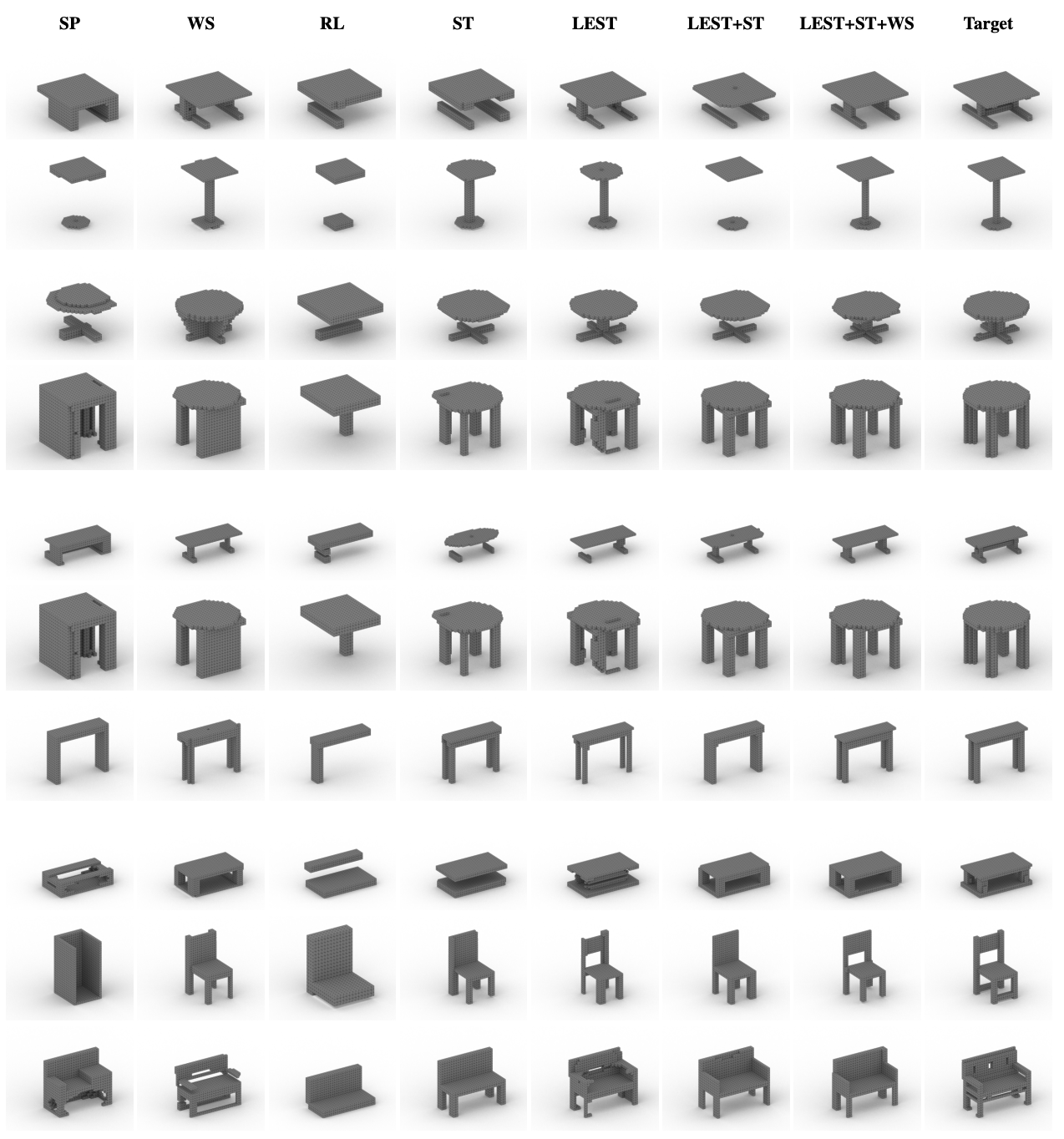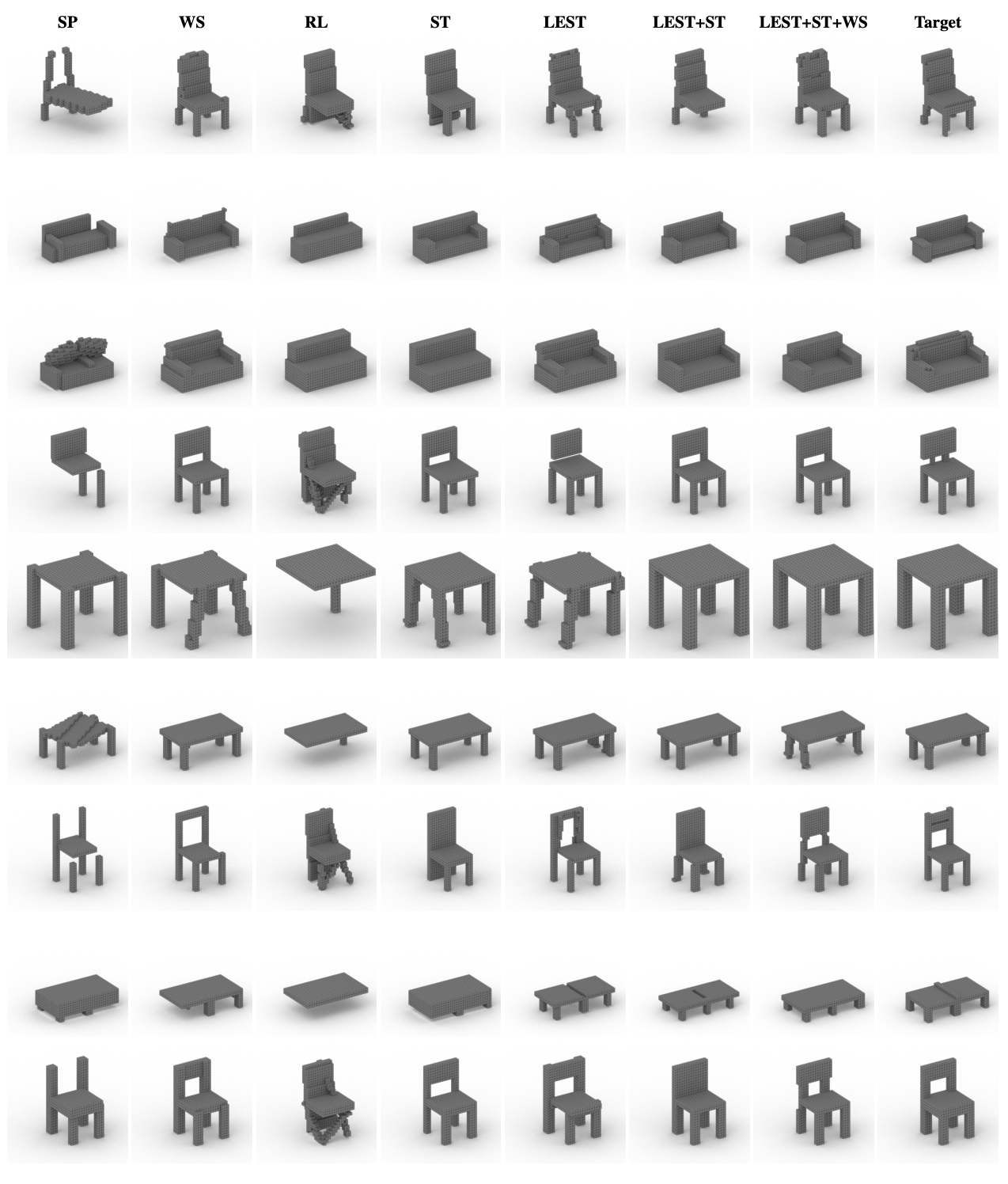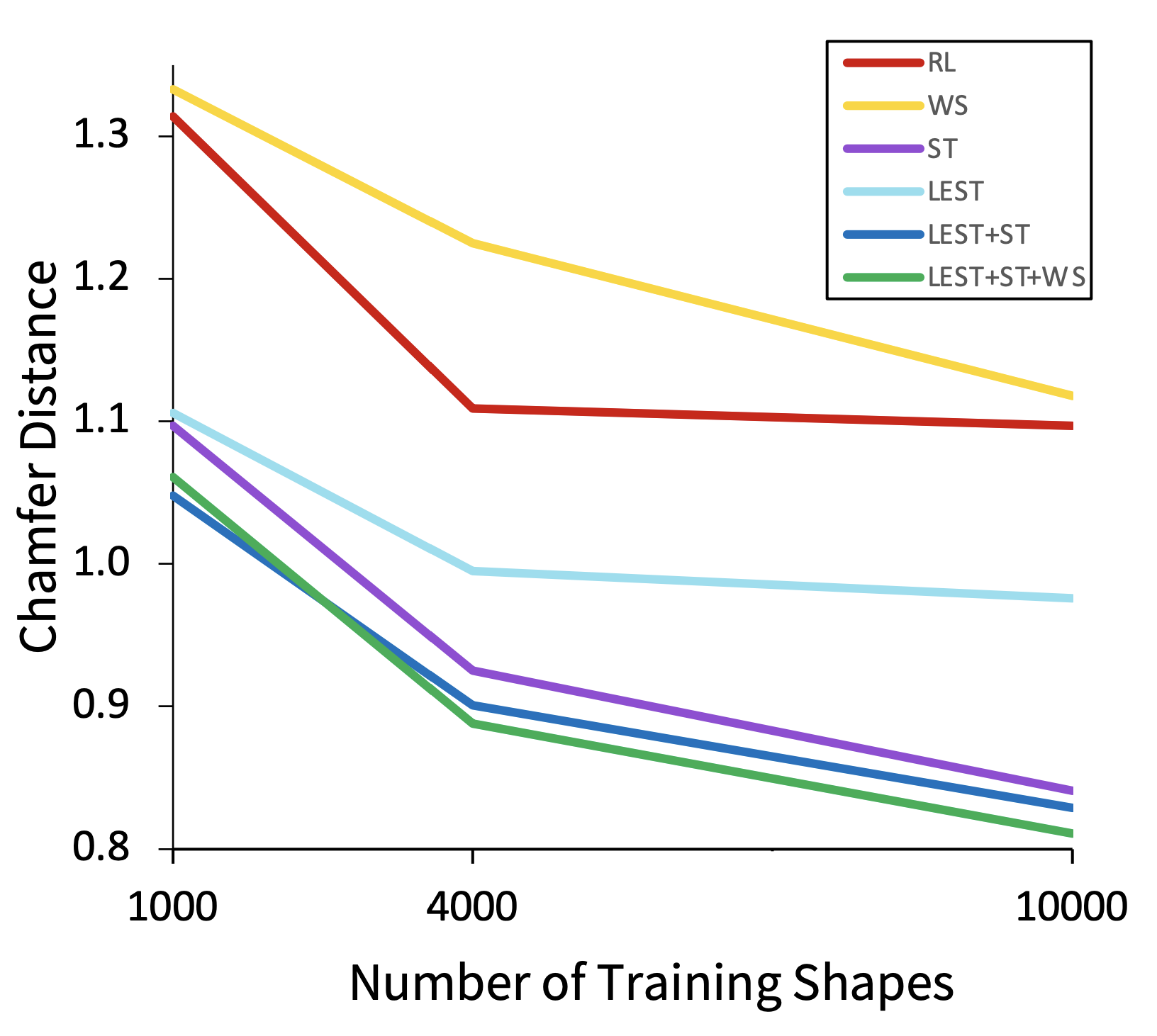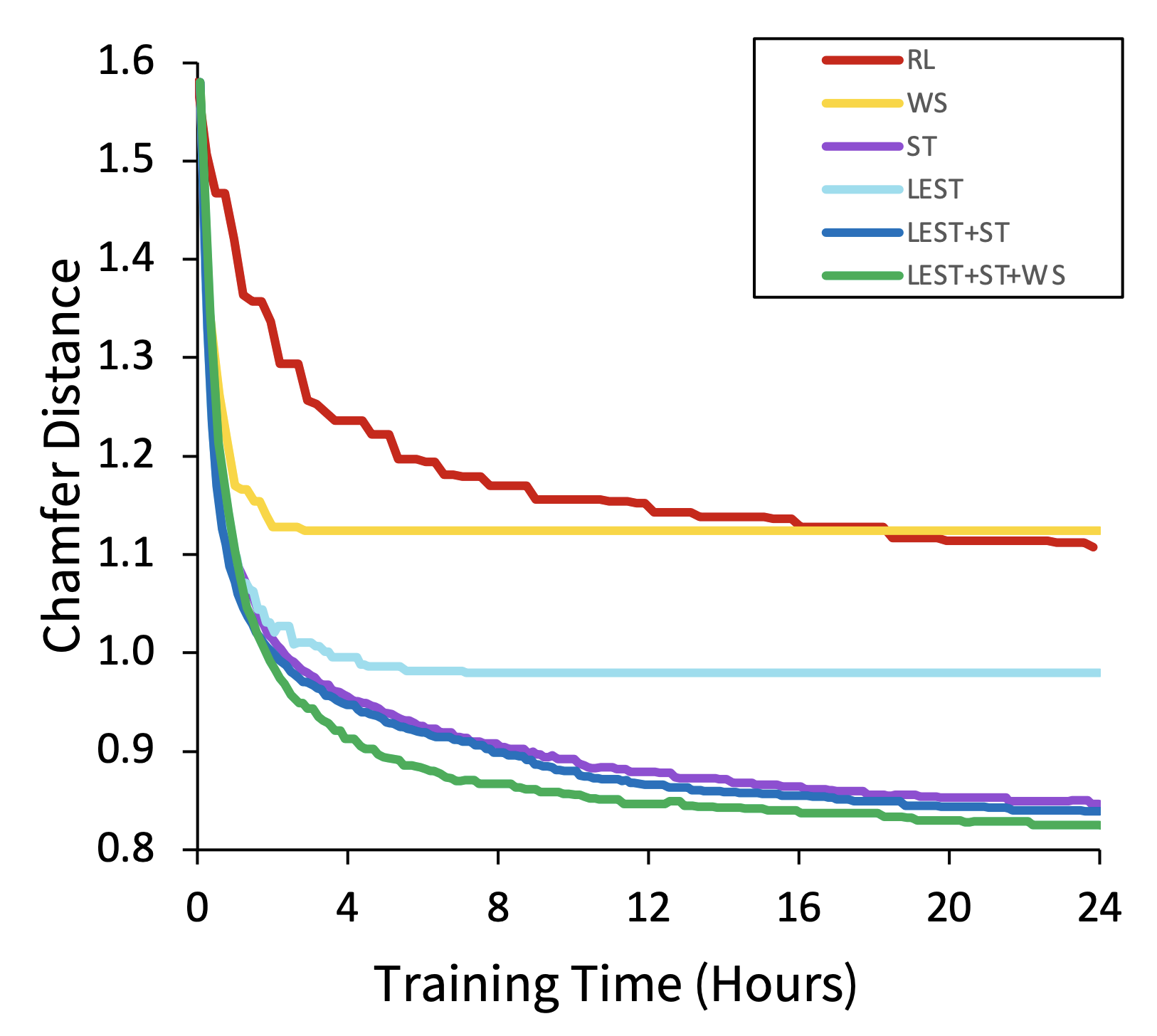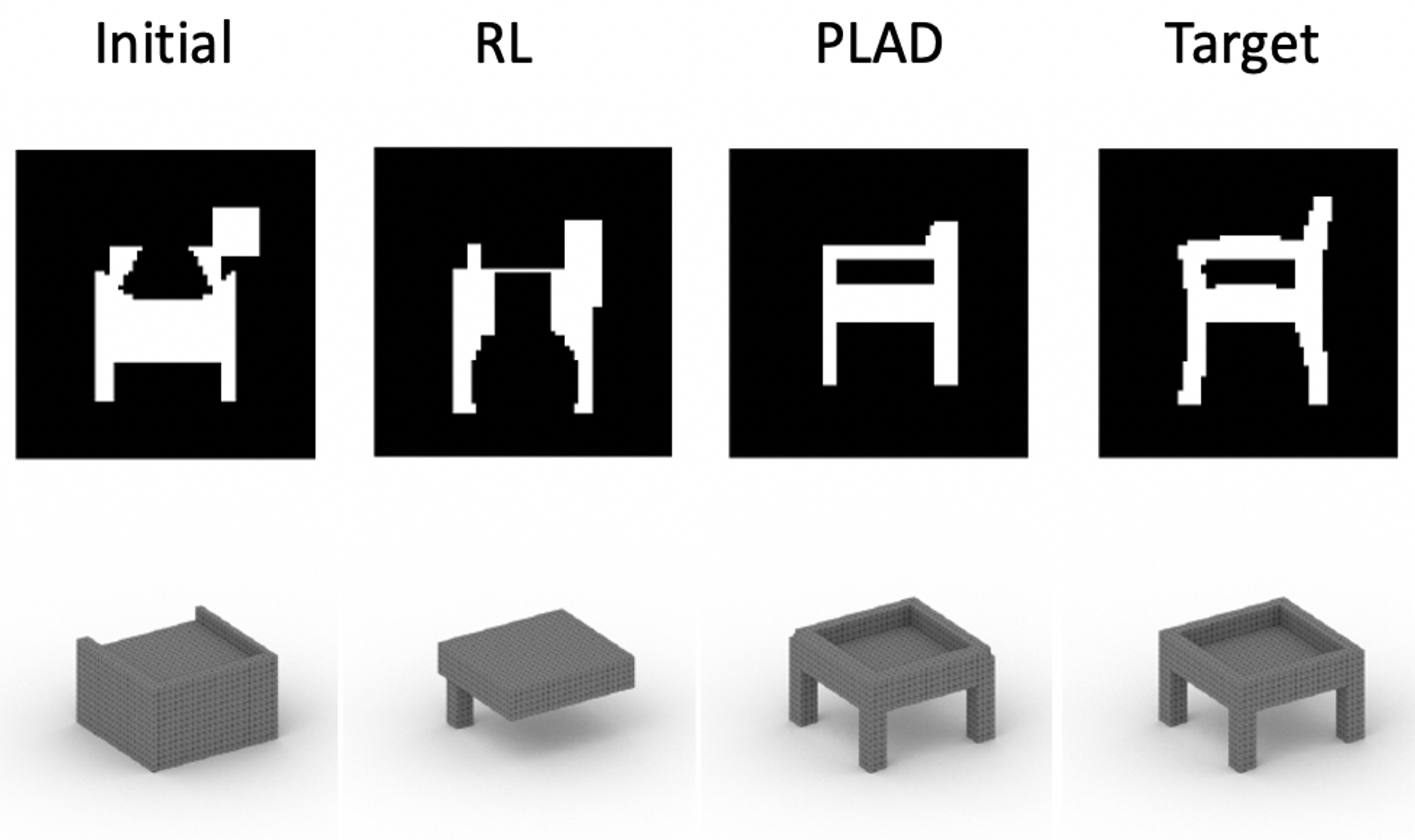
| R. Kenny Jones1 Homer Walke2 Daniel Ritchie1 |
| 1Brown University 2UC Berkeley |

@article{jones2022PLAD,
title={PLAD: Learning to Infer Shape Programs with Pseudo-Labels and Approximate Distributions},
author={Jones, R. Kenny and Walke, Homer and Ritchie, Daniel},
journal={The IEEE Conference on Computer Vision and Pattern Recognition (CVPR)},
year={2022}
}

